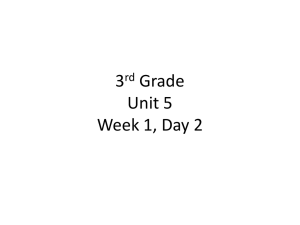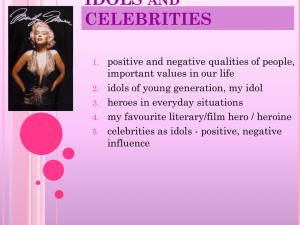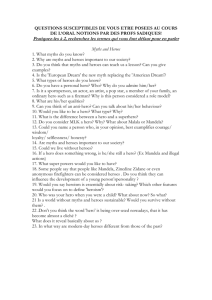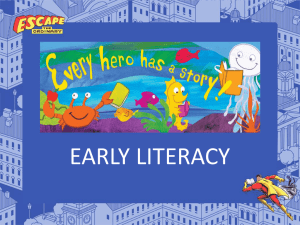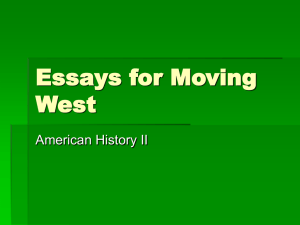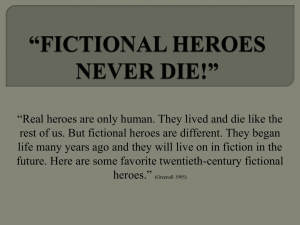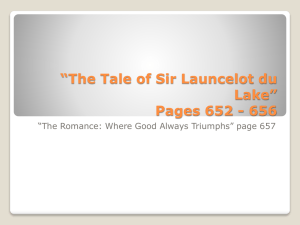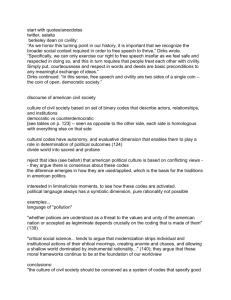Finished Capstone Proposal
advertisement
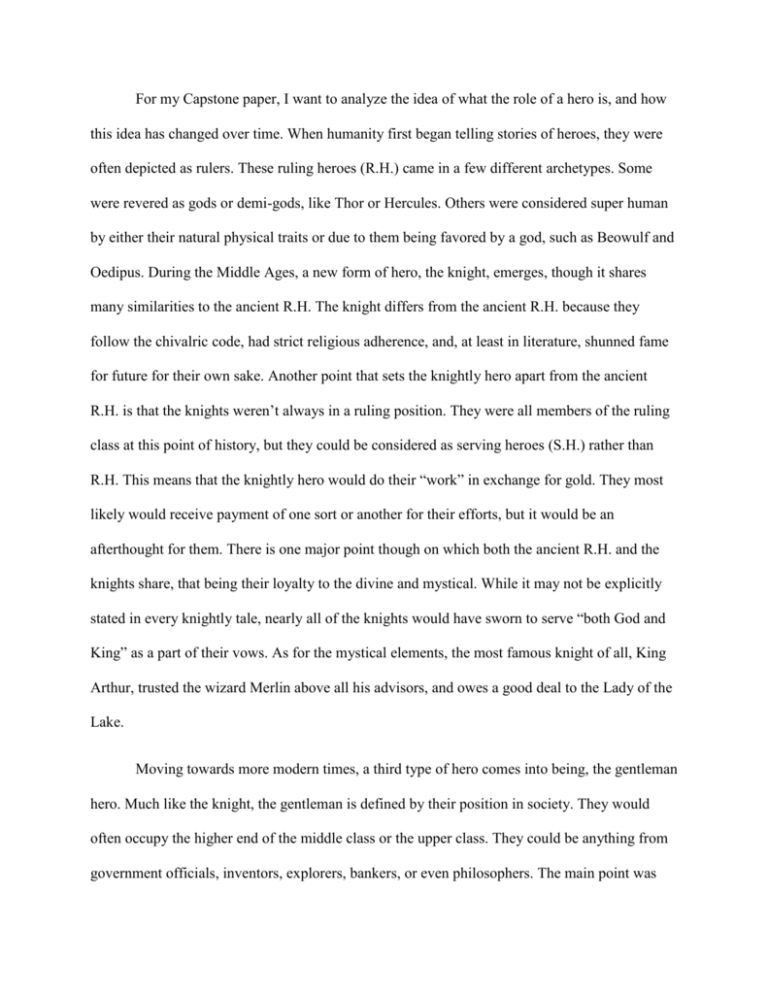
For my Capstone paper, I want to analyze the idea of what the role of a hero is, and how this idea has changed over time. When humanity first began telling stories of heroes, they were often depicted as rulers. These ruling heroes (R.H.) came in a few different archetypes. Some were revered as gods or demi-gods, like Thor or Hercules. Others were considered super human by either their natural physical traits or due to them being favored by a god, such as Beowulf and Oedipus. During the Middle Ages, a new form of hero, the knight, emerges, though it shares many similarities to the ancient R.H. The knight differs from the ancient R.H. because they follow the chivalric code, had strict religious adherence, and, at least in literature, shunned fame for future for their own sake. Another point that sets the knightly hero apart from the ancient R.H. is that the knights weren’t always in a ruling position. They were all members of the ruling class at this point of history, but they could be considered as serving heroes (S.H.) rather than R.H. This means that the knightly hero would do their “work” in exchange for gold. They most likely would receive payment of one sort or another for their efforts, but it would be an afterthought for them. There is one major point though on which both the ancient R.H. and the knights share, that being their loyalty to the divine and mystical. While it may not be explicitly stated in every knightly tale, nearly all of the knights would have sworn to serve “both God and King” as a part of their vows. As for the mystical elements, the most famous knight of all, King Arthur, trusted the wizard Merlin above all his advisors, and owes a good deal to the Lady of the Lake. Moving towards more modern times, a third type of hero comes into being, the gentleman hero. Much like the knight, the gentleman is defined by their position in society. They would often occupy the higher end of the middle class or the upper class. They could be anything from government officials, inventors, explorers, bankers, or even philosophers. The main point was that they were respectable individuals who exemplified their given field in one way or another. They would also most likely have their own share of flaws though. A well- known example would be Sherlock Holmes with his smoking and opium habits. He also isn’t the most sociable individual, though he seems to know how to act in others company. What sets the gentleman hero apart from the ancient R.H. and the knightly heroes is that, for first time, a hero can exist on the other side of the law. There some examples of thieves and vagabonds be heroes in the previous archetypes, but they would often end up being on the right side of history for one reason or another. Under the gentleman heroes however, there can be individuals like Maurice LeBlanc’s character Arsene Lupin. Lupin is a world-class thief, who will help those who he considers his friends, and will stop at nothing to end the plans of worse criminals. He’s never on the right side of the law, or even history, but he still acts like a perfect gentleman. For this point in history, Holmes and Lupin represent what society had decided a S.H. should be like. They come from a good position in society, they’re respectable, kind, helpful, and have seemingly unending energy to carry out their plans. Finally we come to the modern hero. This is the most diverse type of hero due to the abundance of books, t.v. shows, movies, and even musical albums. Because this, I’ll narrow my focus on two types of heroes: superheroes and modern poetic epics. Superheroes are extremely prevalent in our modern culture, occurring in movies, comic books, and video games all over the world. These are characters are unique among the heroes previously mentioned due to their almost polar opposite nature to their predecessors. Previous heroes like Beowulf and King Arthur strongly supported the ideals that “might make right” and that the “weak serve the strong”. These two ideals make up the core values of the R.H. Superheroes, however, don’t follow these ideals at all as they’re all S.H. In fact, a S.H. will often grapple with the idea of having too much power/ authority. This inner conflict is especially evident in S.H. like Superman and Aquaman. When Superman was growing up, he’s depicted as not having a full understanding of what his power is, and recognizes that he needs to take extra care to not accidentally kill anyone. If he was to simply use his power to kill anyone who opposed him, he would be a tyrant and a threat to the world. In an effort to avoid this, he holds himself, and others, to a strict code of justice. Aquaman, on the other hand, will often be depicted as an individual who wouldn’t hesitate to kill or at least seriously injure his opponents. The justification for these “darker” versions of this character is likely an attempt to drive home the fact that he is meant as a R.H. As the king of Atlantis, Aquaman is sworn to protect his people from any threats, and will use whatever means he can in order to deal with them. To counter act this though, he is presented as an individual with a strong of honor who will owe up to any mistakes he makes by being too rash, which helps prevent him from being viewed as a menace by the world. The next form modern heroes take is very similar to the ideals of the ancient heroes. Two examples of a modern poetic epic are Rhapsody of Fire’s (RoF) (The Emerald Sword Saga), which spans five albums, and Turisas’ (The Varangian Way). RoF’s albums tell the story of the Warrior of Ice as he searches for the magic power of the Emerald Sword in order to defeat the dark lord Arkon. On a more realistic note, Turisas’ album is the story of Hakon the Bastard, and the ship he’s aboard making a journey from Scandinavia along the Varangian Way to the ports of the Byzantine Empire. Much like traditional poetic epics, RoF’s and Turisas’ albums combine a blend of music and storytelling to paint their tales. They both have a sense of excitement, adventure, and challenging the unknown, which harken back to humanities’ earliest stories. What I want to do with my paper is to analyze how the idea of the heroic epic has changed. Ever since humanity has told stories, we’ve had this idea of a hero, but this idea and the manner it’s presented in has changed as society has advanced. In some ways though, our modern heroes, and even the way we present them, has remained very similar. As such, this paper will focus largely on comparing and contrasting the various heroes that I’ve mentioned in this paper, with more thorough backgrounds/ description of each source.

